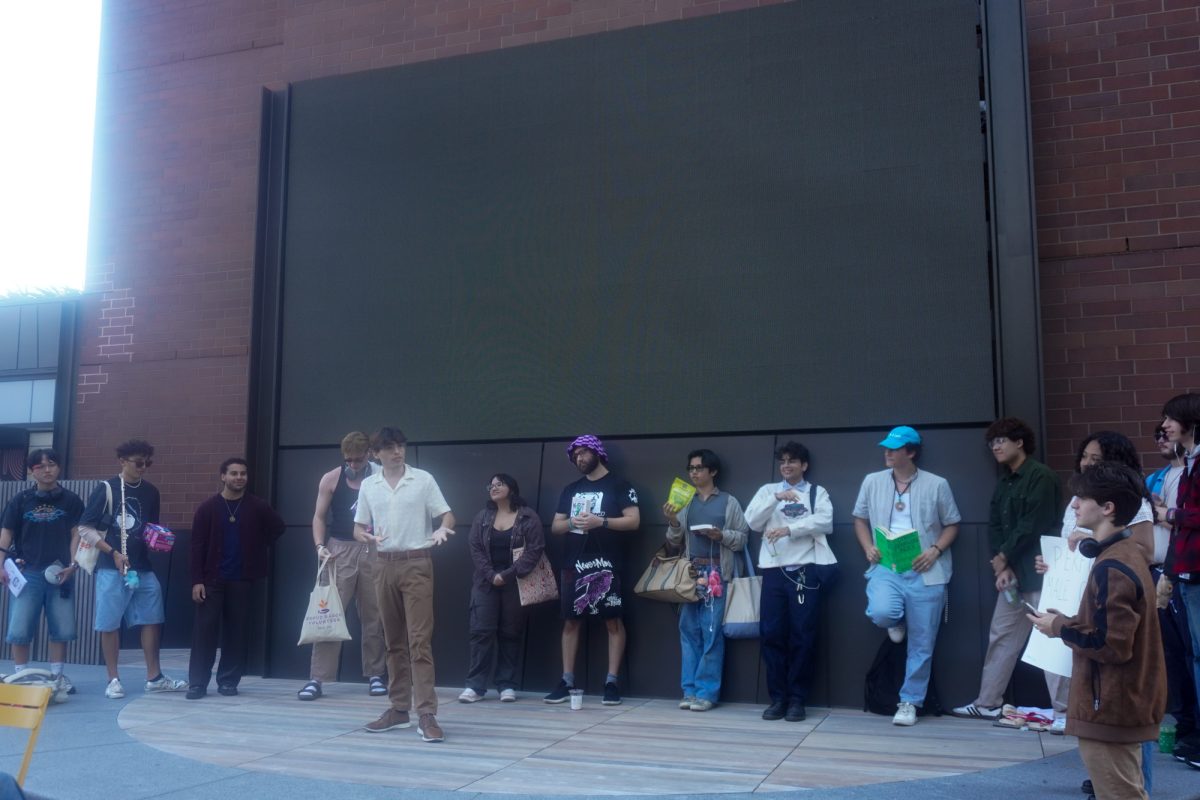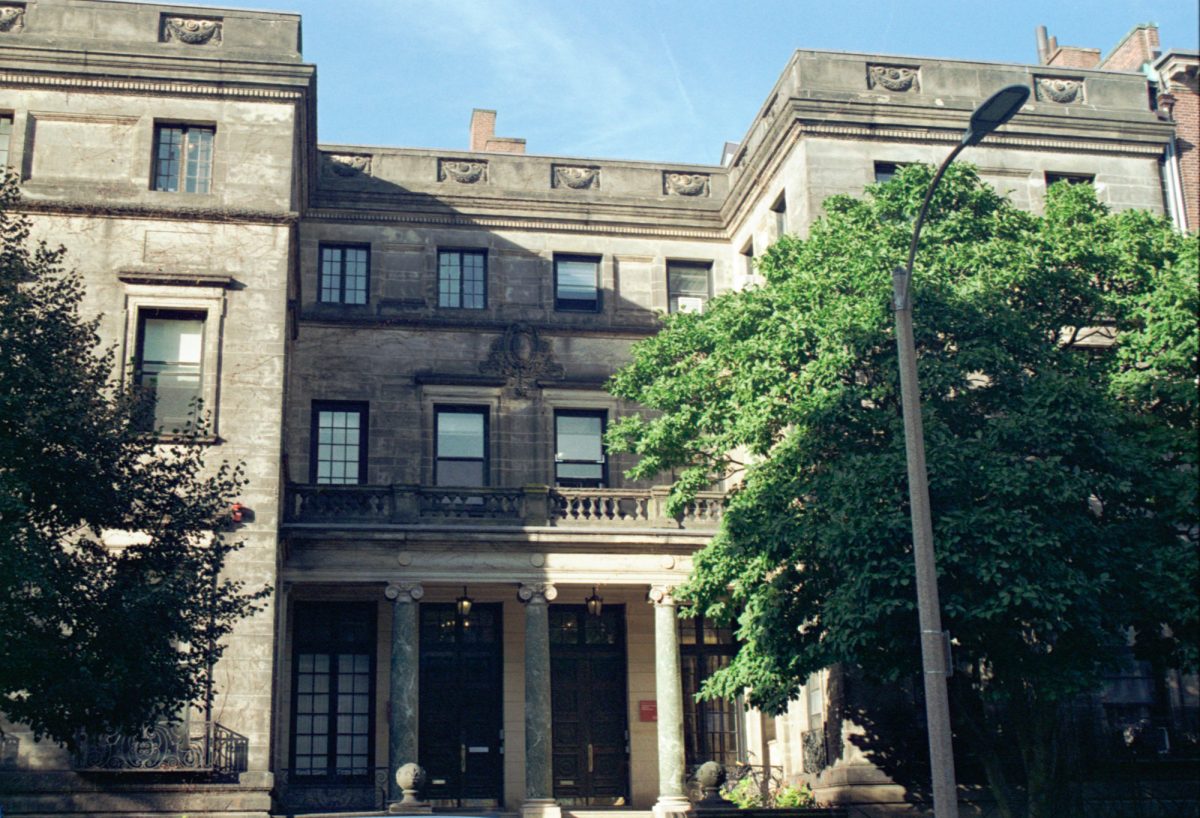The closing of Princeton University’s controversial Engineering Anomalies Research laboratory at the end of this month has corroborated the opinions of many in the science world who believe unconventional science endeavors have little merit in the academic world.
“We have accomplished what we originally set out to do 28 years ago,” PEAR founder Robert Jahn and laboratory manager Brenda Dunne said in a joint press release. Founded in 1979, the Princeton lab probed the science behind telekinesis and extrasensory perception.
Although those who worked in the laboratory said their research was successful, many in the scientific community rejected its work.
In one experiment that measured ESP, subjects viewed a box that flashed numbers above or below 100. Researchers directed the subject to influence the result by predicting which side of the 100 the value would fall. The experiment reported people could affect the outcome about two or three times out of 100,000 attempts, according to a CNN report. PEAR researchers said the findings were statistically large enough to conclude human thought influenced the experiment.
But critics said experiments like that one do not prove much.
“This is just one of many examples where I think wishful thinking causes too much cognitive distortion in research,” said science author and historian Michael Shermer.
Shermer, who produced a 13-hour FOX television series titled “Exploring the Unknown” and is the founding publisher of Skeptic magazine, said research conducted in the lab was not often based on fact
“I find most of their research to be below the standards of rigorous science,” he said.
The study of ESP is not the only scientific field that often faces serious doubts: “Fringe” sciences have existed for ages. Some scientists consider efforts to investigate ESP and other “pseudosciences” unreliable because they often avoid careful analysis and because findings are often publicized for profit.
“[Those who practice ‘pseudoscience’] make claims to scientific credibility that, in fact, lack evidence or fail to employ the methods of science,” Shermer said.
Pseudoscience research practiced today includes phrenology and physiognomy, which involve analyzing skull shape and facial features, respectively, to deduce subjects’ brain structure, personality and character.
University of Minnesota science professor Douglas Allchin, who has written articles such as “Pseudohistory and Pseudoscience” and “Teaching Science Lawlessly,” said the scientific community has long discredited these studies, though they were once considered legitimate.
“That does not stop people from publishing about it for an uncritical or uneducated audience,” Allchin said in an email.
Allchin said, however, some types of research fall into a gray area between credible and non-credible, which he defined as marginal science. Although the mainstream science community at first dismisses these areas of study because they seem far-fetched, he said they often eventually present scientifically provable results.
These types of research, he said, do not strictly follow the scientific method, but are still worthy of note.
“[Marginal science] is a genuine effort to clarify the fringes of our experience,” he said.
Dunne said she would not comment for this article but directed The Daily Free Press to a press release. Jahn could not be reached for comment.








































































































Jim • Feb 20, 2015 at 2:42 am
Revolting. The author of this article clearly didn’t bother to do even a little bit of their homework.
https://philosophyandphysics.wordpress.com/2014/12/01/princeton-engineering-anomalies-research/
http://poetsandengineers.com/blog/2015/02/14/engineering-and-consciousness-princeton-engineering-anomalies-research/